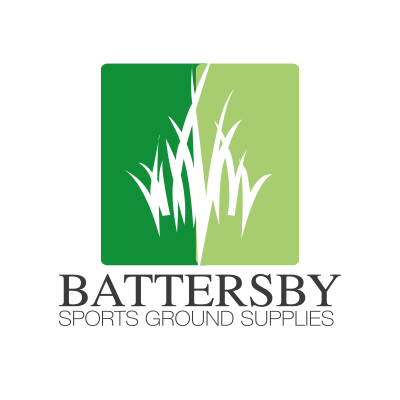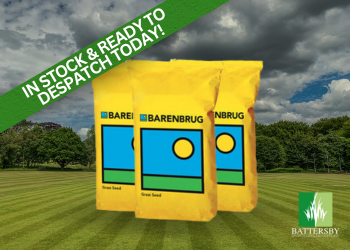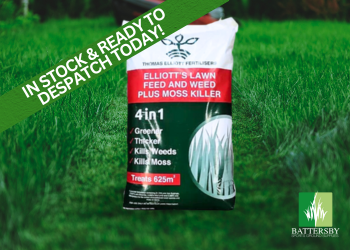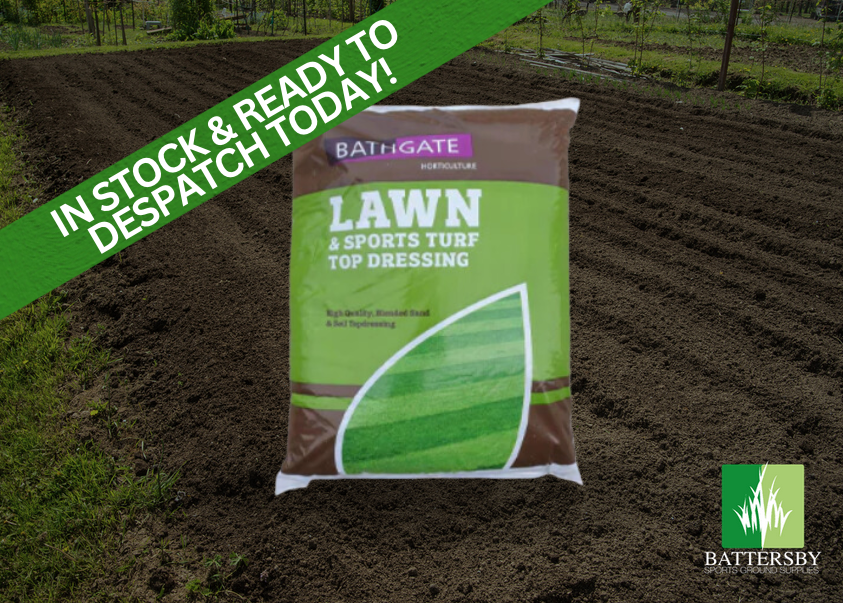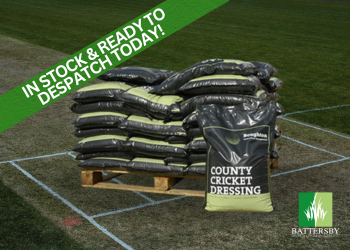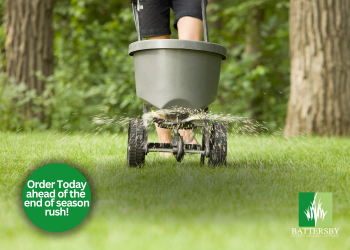
Golf Treatment Calendar
January
Any operations in this month are completely dependent on the weather and ground conditions. Inspect the turf regularly. The most likely disease problems will be either Fusarium Patch or Anthracnose, sometimes referred to as basal rot.
Fusarium should be treated with the appropriate fungicide Eland.
Anthracnose is quite often a cultural problem caused through prolonged wet surface of the turf. Aeration is vital. If frost is not forecast and the growth is weak apply some fertiliser. Ideally this should have a ratio of 1-1-2 +Fe; it can be either liquid or granular. An example is 3-6-8+Fe, or 3-10-5
It is always good practise to remove dew from the turf each morning, as this will reduce likely fungal problems.
February
This month is very similar to January. If there are relatively warm spells in February, take advantage of them. Aerate if possible using solid tines, either slitting or round. Apply small amounts of nutrition with a 1-0.5-2 ratio or similar, an example is 6-0-12. If applying iron, it is preferable to use this in a chelated form such as Battersby 7% Liquid Iron.
If there is any growth mow the turf at 6mm and keep changing pin positions regularly so areas of the greens do not become excessively worn. Also keep moving tee marker positions for the same reason.
Work out on the course which areas off the green may include the topping up or renovation of bunkers, cutting back branches, repairing or constructing paths and machinery maintenance.
March
Depending on your location grass can start to grow during March. Aeration is important using slitting or round solid tines. If day time temperatures are circa 10°C and frost is not forecast at night, it is a good time to apply spring fertilizer ratio 3-1-2 or similar.
An example of this is 12-0-9 or 8-0-6 Slow Release Fertiliser .
The grass will be weak after the winter and the sooner it can be helped to grow the sooner the surface of the turf will be good for play. If necessary control worms using Nutri-Flo Casting at the rate of 20 l/ha followed by 7 to 10 l/ha four weeks later.
Mow the turf with the machine set at 6mm and start to apply wetting agent such as Agwet and aerating fairways will prove beneficial in the long run.
Top-dressing greens should generally be avoided during March.
April
The weather and location of your course will play a large part in what work to undertake during April. It if has not already begun the turf should start to grow in this month. Mow the greens with a machine set at 5 or 6mm depending on the strength of the turf.
Work on the greens should be a priority with fairways being vertidrained during April.
Spring fertilizer should be applied in March following any aeration. At this time of the year use a machine fitted with micro or pencil tines. If a club doesn’t have their own equipment it can be hired.
By the end of April the turf may be strong enough to verticut, this will improve the speed of the green without cutting below 4.5mm.
If necessary control worms using Nutri-Flo Casting. Continue to apply wetting agent.
May
The mower should now be set at 4.5 – 5mm. If the playing surface is not fast enough use a verticutter to improve the roll of the ball.
Be careful not to verticut too often. With grass growth being variable and seed establishment from previous renovations still in its infancy, it could do more harm than good.
May is a good month to treat weeds such with an effective herbicide such as Enforcer.
If fertilizer was applied in early March maybe a further application is required. If the grass is growing but lacking colour apply Battersby 7% Liquid Iron mixed with amino acid such as Amino Sorb F or R amino acid. Continue to apply wetting agent for the treatment of Dry Patch.
June
Long daylight hours means lots of play on the turf. It is advisable not to set the mower below 4.5mm.
In the height of season, any fertilizer applied should be in liquid form. There is a range of 12-0-6 +fe, 15-3-3 or 20-0-10. These can be mixed with other products such as Agwet wetting agent or Amino Sorb F or R amino acid. Both of these are helpful if the turf is under stress for any reason.
Other areas to remember are to keep moving tees to prevent wear in certain areas, raking bunkers regularly, applying herbicides if necessary and possibly divoting fairways.
July
Operations in July are very similar to June and it is a busy month. Fertilizer should be in liquid form and mixed with other things when required. If diseases such as Red Thread are a problem, use Eland.
A fine top-dressing of greens such as the 70/30 Sand/Soil Top Dressing to maintain even putting surfaces could be advisable.
Keep an eye on irrigations systems, which will be getting regular use at this time of year.
Ensure tees are divoted on a regular basis.
August
In wet conditions disease can become a problem in August. If a particular site is prone to fungal disease it may be helpful to apply a preventative fungicide. It is quite common for dew to be heavy in the morning – always brush this off with the appropriate equipment.
Continue aeration using a pencil tine.
Towards the end of August apply autumn fertilizer. The ratio should be similar to 1-0-2 an example is 6-0-12 .
September is often the month for autumn renovations to take place, preparations can be made now and even the start of such works may be undertaken. Micro-solid-tining could be done and, because air temperatures drop rapidly in September, tees and fairways may be on the agenda for renovation.
September
An important month for maintenance of fine turf. Operations carried out now will help the quality of greens the following spring. Maintain summer height of cuts but consider raising it by 0.5 – 1mm towards the end of the month.
Cut tees at around 12 – 13mm but raise if the turf looks stressed. Fairways should be cut between 15 – 18mm, but this will also depend on course location, type and weather.
Manage greens renovations and if tees and fairways were not done, they should be put on hold until the greens are completed.
This month holds the final opportunity for overseeding, if successful results are to be guaranteed, because soil temperatures remain above the growing temperature before Autumn kicks in. As daylight decreases fungal attack becomes more likely. Shade from trees can also increase the risk as well as encouraging moss.
October
As daylight reduces be vigilant in your inspection for fungal disease. You can now use fungicides which stay in the leaf because of reduced mowing.
Remove the dew each morning and raise the height of cut to 5-6mm.
This is the time of year when leaves fall from the trees. It is essential that these leaves are removed on a daily basis to prevent leaves damaging the turf.
Fairway spiking may be carried out in October as the ground is perfect for this, being not too wet or not too dry and continue to aerate greens as well.
Applications of Battersby 7% Liquid Iron can be helpful to harden the turf against disease.
November / December
Very low daylight so disease pressure is at its highest. There are several fungicides which can be used. Eland is very suitable for this period. Remove the dew each morning and aerate with slitting or round solid tines. Continue to aerate the greens by slit tining and take tees out of action for winter if needs be.
